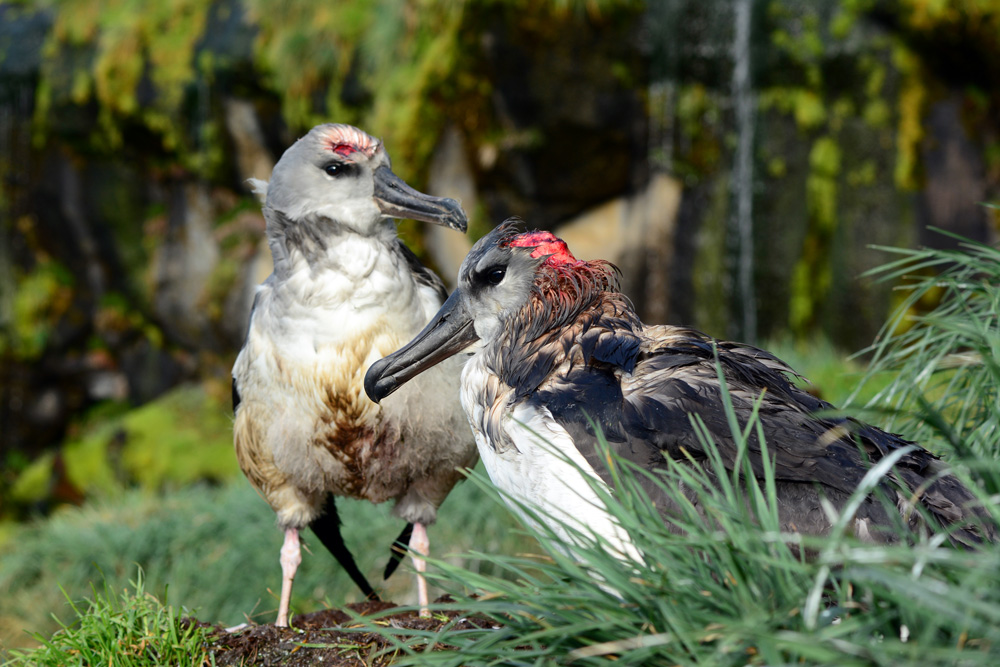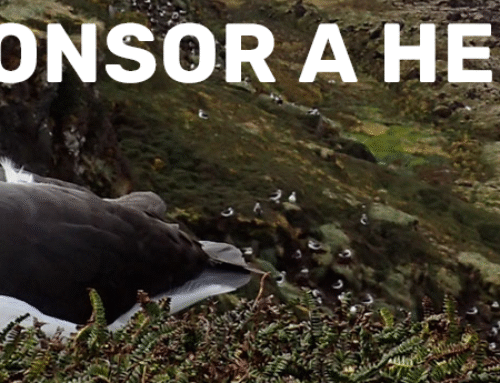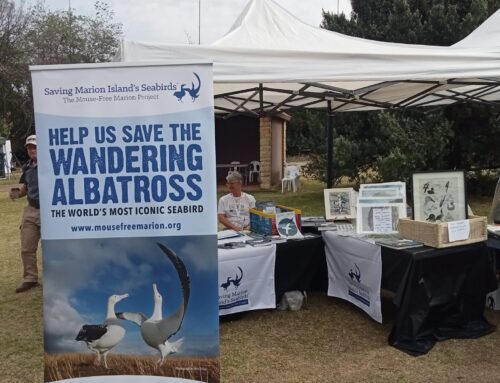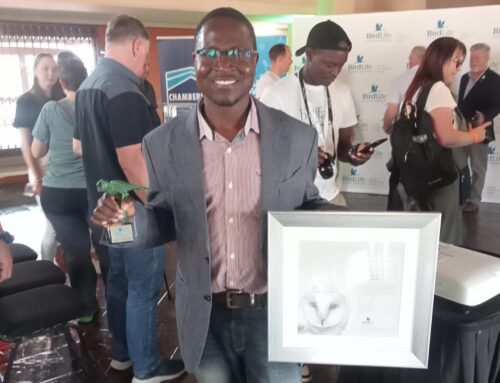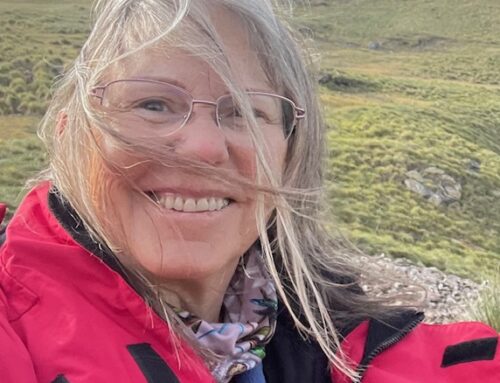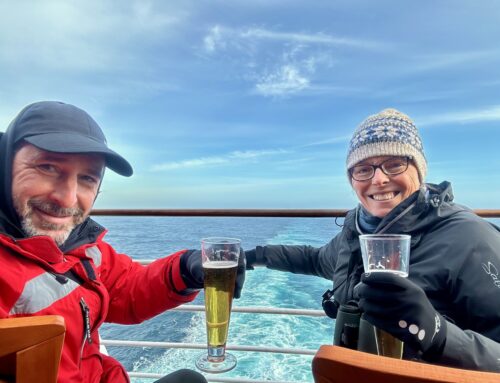Above Picture: Scalped Grey-headed Albatross chicks, photograph by Ben Dilley
General Introduction
With this post the Mouse-Free Marion website commences an occasional series that features the several scientific papers that give information on attacks by House Mice on the birds of Marion Island that have been published in the last decade or so. Please note that not all these publications have appeared in open-access journals. If the publication is not available to download a request can be made to the project for an electronic copy (PDF) of the manuscript. When available, links are given to popular articles that refer to the publications.
Ben Dilley and colleagues (FitzPatrick Institute of African Ornithology, DST/NRF Centre of Excellence, University of Cape Town, South Africa) reported back in 2015 in the journal Antarctic Science on attacks on albatross chicks by introduced House Mice at Marion Island.
The paper’s abstract follows:
“House mice (Mus musculus L.) were introduced to sub-Antarctic Marion Island more than two centuries ago, and have been the only introduced mammal on the island since 1991 when feral cats were eradicated. The first mouse-injured wandering albatross (Diomedea exulans L.) chick was found in 2003 and since then attacks have continued at a low level affecting <1% of the population. In 2009, the first ‘scalpings’ were detected; sooty albatross (Phoebetria fusca Hilsenberg) fledglings were found with raw wounds on the nape. In 2015, mice attacked large chicks of all three albatross species that fledge in autumn: grey-headed (Thalassarche chrysostoma Forster) (at least 102 wounded chicks; 4.6% of fledglings), sooty (n=45, 4.3%) and light-mantled albatross (P. palpebrata Forster) (n=1, 4%). Filming at night confirmed that mice were responsible for wounds. Attacks started independently in small pockets all around the island’s 70 km coastline, separated by distances hundreds of times greater than mouse home ranges. The widespread nature of mouse attacks in 2015 on large, well-feathered chicks is alarming and highlights not only Marion Island as a priority island for mouse eradication but also that mice alone may significantly affect threatened seabird species.”


Wandering Albatross chick being attacked by mice, photographs by Stefan Schoombie
Click here for a popular account on scalping by mice at Marion Island.
With thanks to Susan Mvungi, former Niven Librarian, University of Cape Town, for information.
Reference:
Dilley, B.J., Schoombie, S., Schoombie, J. & Ryan, P.G. 2015. ‘Scalping’ of albatross fledglings by introduced mice spreads rapidly at Marion Island. Antarctic Science 28: 73-80.
John Cooper, Member, Scientific and Technical Advisory Group, Mouse-Free Marion Project, 13 August 2021
NOTE: First published on the website of the Agreement for the Conservation of Albatrosses and Petrels on 13 November 2015.






